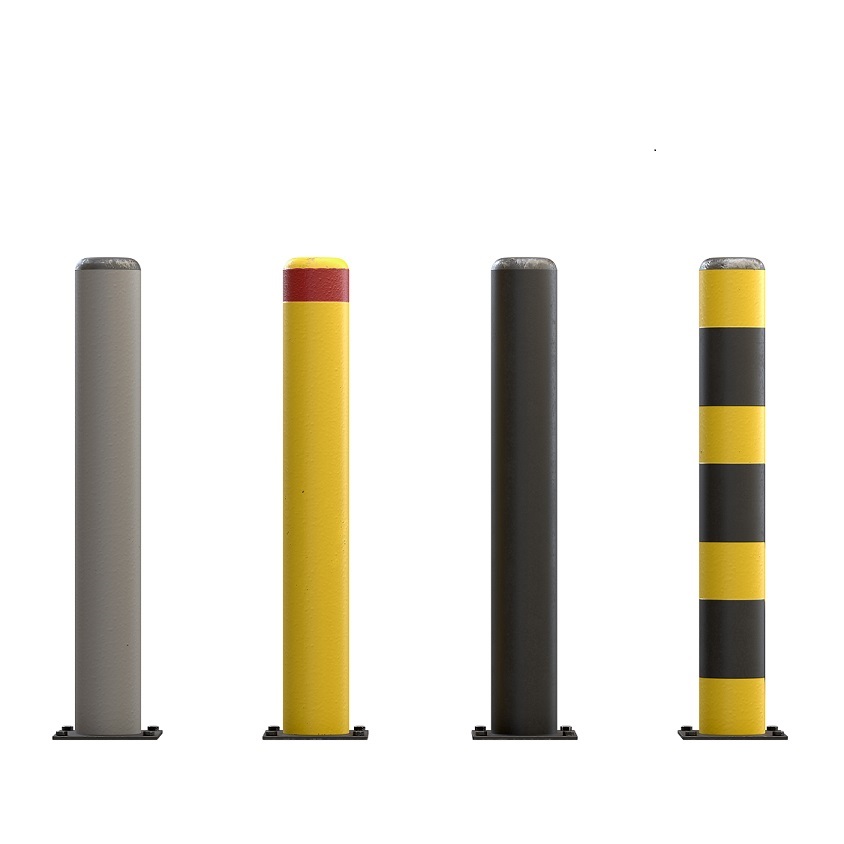Bollards are not only used to protect businesses from high volume and intensity traffic flows, but they also serve as a means of managing access to various sites unsuitable for vehicular traffic at certain times. Whether you’re planning on optimising traffic flow around your business or increasing protection for your home, car park, or shopfront, here’s how you can effectively install a surface-mounted bollard.
Get the placement right
Seems obvious, but it’s important to consider the exact location of your bollard or bollards.
This will depend on local traffic movement, what areas are most at risk, and the overall purpose. Local council and city regulations may also play a role in the placement, so make sure you check this before drilling. Think about spacing, access points, and how the bollard will make traffic behave differently. Having considered these preliminary factors, the installation will be far more effective. Planning ahead will ensure the result will get the most out of each bollard.
Prepare the site and gather equipment
Installing the bollard on a wooden boardwalk or any other non-concreted surface requires pouring a concrete foundation before drilling. Make sure the site is clean, and there are no hazards in the way.
Here is what you’ll need to complete a successful installation:
- High power drill
- A high-quality concrete adhesive solution
- Injecting gun for adhesive solution
- Hammer and adjustable spanner
- The bollard, along with studs and correct bolts/nuts.
- Note: keep the bollard in its packaging until you need it to avoid scratches or other damage.
Process:
- Pre-drill the holes with the exact width needed for the bollard. Ensure the holes are drilled as per the size of the studs.
- Fill the holes with concrete adhesive slowly and carefully to minimise air bubbles.
- Insert the studs and hammer them in, leaving just enough showing for the nut to screw on top.
- Leave to dry, then using the spanner, tighten the nut down onto the stud, ensuring they both are secure and tight.

Surface-mounted bollard for your home
Ultimately, what is a bollard for? Safety, security, and access. That includes important access points to your property, no matter where and how busy. There’s nothing worse than coming home and finding your parking place taken. It’s a time-waster and, in a busy area, can be a constant disappointment.
Bollards are key in protecting your parking space or driveway. When installing a bollard at home, ensure it doesn’t infringe on the neighbours and is not on council land. To avoid potential damage to parking bollards, keep them safe from the edge of your property or road; it doesn’t need to be in the way of everything to protect your driveway.
See our full range of surface-mounted bollards. For more information and a free quotation, contact our staff.
